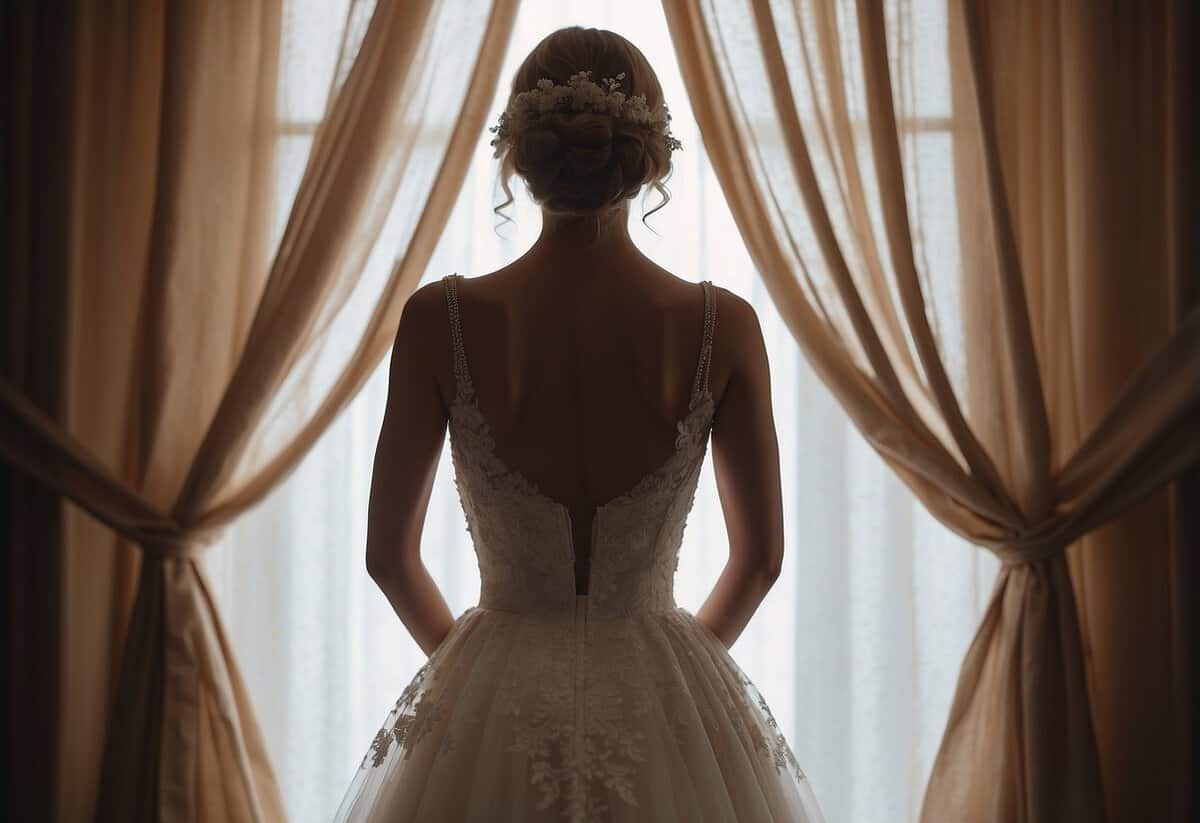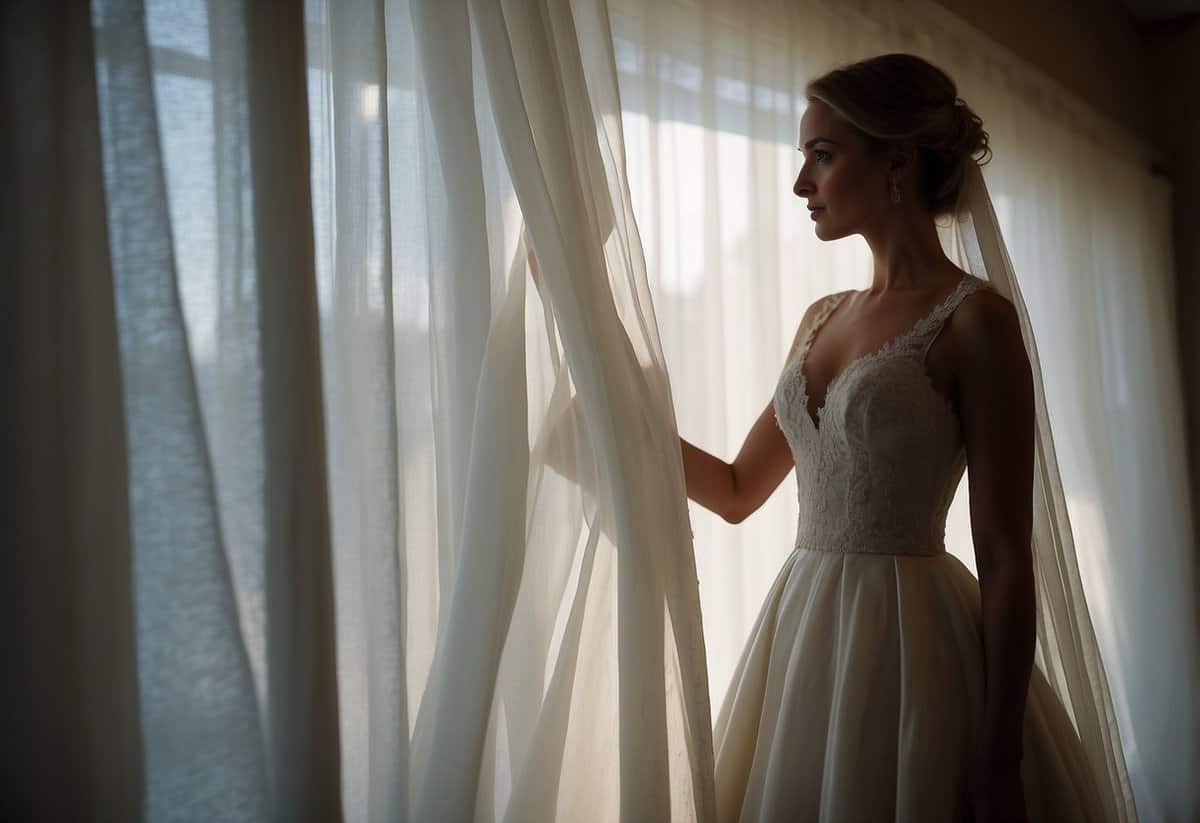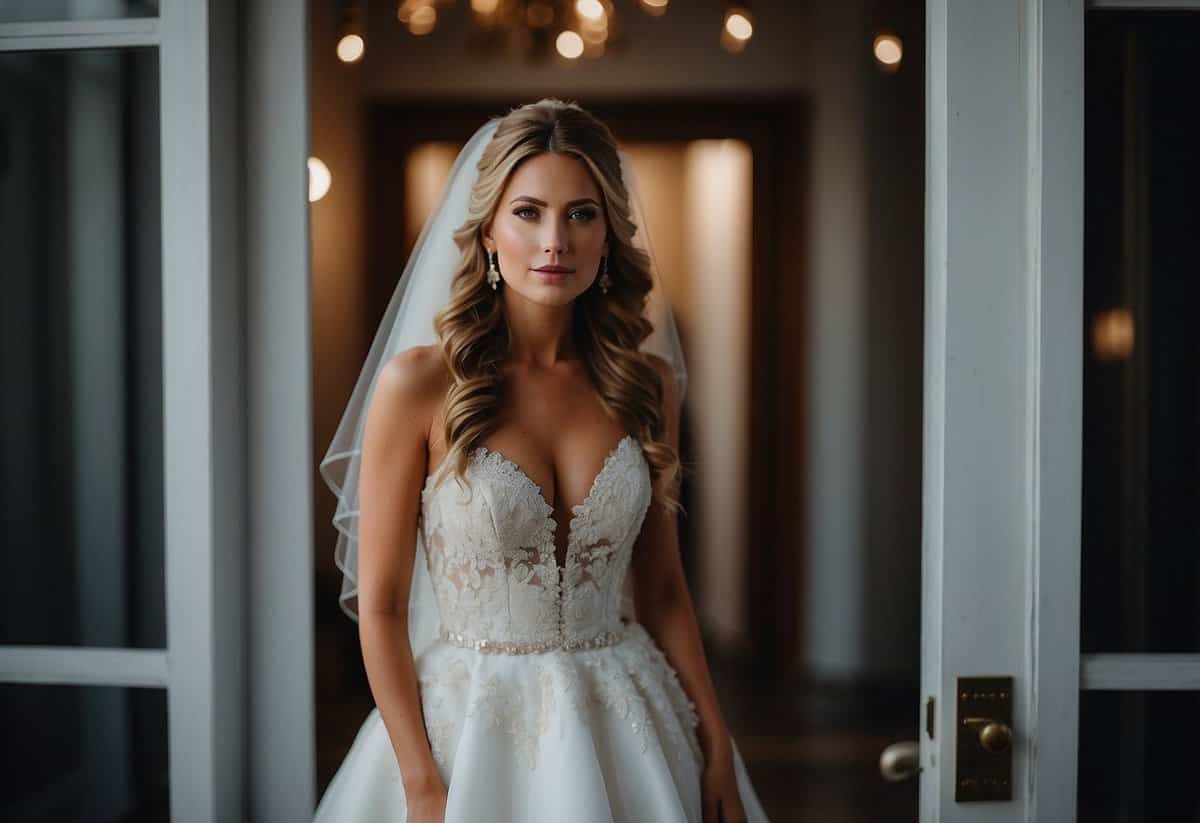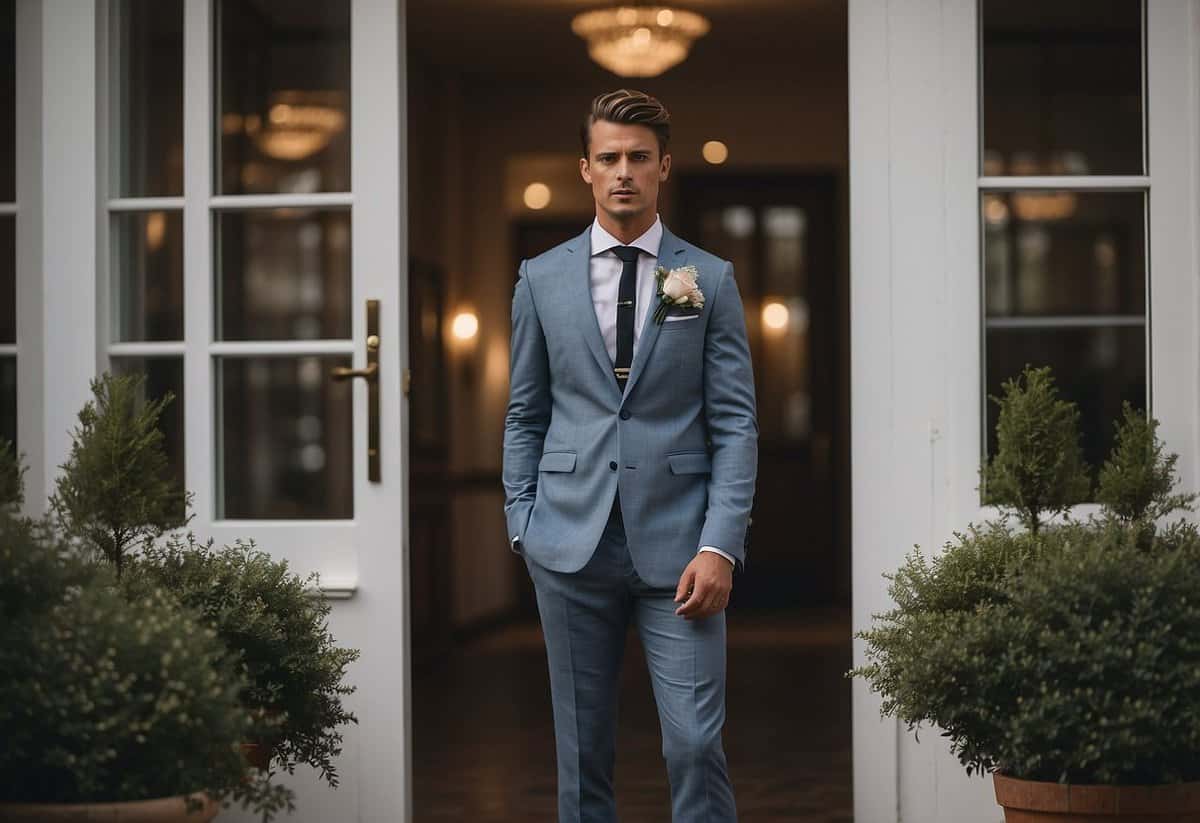Are You Allowed to See Your Bride on Wedding Day? Tradition vs. Modern Practice
Are you wondering if you can see your bride on the wedding day? Many couples grapple with this question as they plan their big day. Traditionally, it is seen as bad luck for the groom to see the bride before the ceremony. This belief goes back to when marriages were arranged, and it was feared that if the couple met before the altar, the groom might change his mind.

Nowadays, the choice is up to you. Some couples prefer to stick with tradition, while others opt for a “first look” photo session before the ceremony. This can be a special moment, allowing you to share private emotions and calm any pre-wedding jitters.
Ultimately, it’s your wedding, and you should do what feels right. Whether you choose to see each other before the ceremony or stick with the classic surprise at the altar, make sure it’s a decision that brings you both joy. For more insights on this tradition and how other couples handle it, check out the detailed discussion at The Knot.
Historical Origins of the Tradition

The tradition of not seeing the bride on the wedding day has roots in superstitions and practical customs from history. It aimed to prevent bad luck and was often linked to arranged marriages and business deals involving the bride’s family.
Superstitions and Customs
One key reason behind this tradition is superstitions. Many ancient cultures believed that seeing your bride before the ceremony could bring bad luck. They thought it might jinx the marriage or cause the union to fail.
Wearing a veil is another tradition tied to these superstitions. The veil was meant to protect the bride from evil spirits and bad luck. It also kept her appearance a mystery until the moment she reached the altar, ensuring nothing spoiled the surprise.
Over time, these customs became deeply ingrained. Couples followed them to honor their cultural heritage and ensure good fortune for their marriage. While many people today don’t believe in these superstitions, they still enjoy the romantic notion of not seeing each other until the ceremony.
Arranged Marriages and Business Deals
The tradition also stems from the practice of arranged marriages. In the past, marriages were often arranged by the families and were more about business than love. The bride’s family would negotiate deals and dowries with the groom’s family.
In these business arrangements, the bride was seen as part of the transaction. It was considered bad luck for the groom to see her before the deal was sealed at the altar. This custom helped prevent the groom from changing his mind if he didn’t find the bride attractive.
Additionally, it kept the focus on the alliance between the families rather than the individuals involved. These arranged marriages required trust between the families, and not seeing the bride before the wedding was one way to build that trust.
Cultural Significance and Variations

The belief that seeing your bride on the wedding day brings bad luck has deep roots. These customs and traditions vary widely depending on cultural backgrounds, with each culture bringing its own unique practices and significance.
From Antiquity to Modern Day
Historically, many cultures believed it was bad luck to see the bride before the wedding ceremony. This tradition originated from arranged marriages where families feared that if the couple saw each other, they might back out. It was a way to ensure that marriages, often arranged for economic or social benefits, would proceed as planned.
Today, while some couples still follow this custom, others choose to meet before the ceremony for a “first look” moment. This private reveal allows for intimate photos and can reduce pre-ceremony jitters. The modern interpretation balances the sentimental value of ancient traditions with the practicalities of contemporary weddings.
Global Perspectives
In Sri Lanka, weddings are rich in rituals. The practice of keeping the bride and groom apart until the ceremony day is a sign of respect for tradition. For more on this, check out the vibrant customs of Sri Lankan weddings.
Greek weddings feature the best man, or “koumparos,” shaving the groom’s face on the big day. This ritual symbolizes trust and camaraderie, and it happens before the bride and groom meet at the altar. Explore how this tradition fits into Greek wedding customs.
In contrast, many Western cultures have relaxed the taboo, focusing on capturing the emotional exchange between the couple in a private “first look.” This approach aims to blend traditional meanings with modern wedding day experiences, offering flexibility and personalization for the couple.
Practical Considerations

Seeing each other before the wedding can impact your photography schedule and the excitement of the big reveal. Here are key considerations to help you decide what’s best for your special day.
Photography and First Look
Choosing to see each other before the ceremony can make your photography session easier. Your photographer can capture intimate moments during a first look session. This moment, where you see each other for the first time in your wedding attire, often creates emotional and beautiful pictures.
Having this moment before the ceremony means you can take formal photos together without the time pressure. This way, you can enjoy your reception right after the ceremony. It also gives you a private moment together away from guests.
The Big Reveal and Anticipation
Some couples prefer keeping the tradition of not seeing each other until the walk down the aisle. This builds a sense of excitement and adds to the anticipation of the ceremony. The surprise of seeing each other for the first time at the altar can be a memorable and emotional experience.
If you choose this option, you can plan your day to minimize accidental encounters. This might require separate locations for getting ready and careful coordination with your wedding party. Managing this tradition can make your wedding day feel even more magical.
Personal Choices and Alternatives

Choosing whether to see each other on the wedding day can be both a personal choice and rooted in tradition. Exploring its romantic origins and contemporary decisions can help you make an informed choice.
Romantic Origin and Love Matches
The tradition of not seeing your bride before the wedding has a romantic origin. Long ago, when marriages were often arranged, the idea was that seeing each other before the wedding might lead to second thoughts. It was thought that meeting the bride before the vows could bring bad luck and even result in a doomed marriage.
Over time, this tradition began to symbolize the excitement and anticipation that come with waiting to see each other in wedding attire. Many couples now choose to keep this tradition alive by honoring the “something old, something new, something borrowed, and something blue” items as a nod to their heritage and romantic history.
Contemporary Wedding Day Decisions
Today, many couples feel differently about the tradition. Some prefer to see each other before the ceremony to calm their nerves and share private, emotional moments. This practice is known as a “first look.” It allows for beautiful, candid photos and a special time alone before the busy day unfolds.
If you want to connect without seeing each other, you can exchange handwritten letters, hold hands around a corner, or talk on the phone. These alternatives keep the excitement while allowing for heartfelt interactions.
List of Alternatives:
- Exchange handwritten letters
- Hold hands around a corner or door
- Talk on the phone or video call
Ultimately, whether you follow tradition or not is a personal choice for both the bride and groom. Deciding together ensures that your wedding day reflects your unique love match and preferences.
Impact on Wedding Day Events

Seeing the bride before the wedding can affect the sequence and atmosphere of key wedding day moments. From emotional ceremonies to entertainment options, each choice you make shapes the day.
Ceremony and Reception Dynamics
Traditionally, it’s considered bad luck to see the bride before the wedding. This superstition adds a layer of excitement and keeps the walk down the aisle unique.
If you avoid seeing your bride, the first look happens when she steps out in her wedding dress. This often makes the ceremony more emotional for you and your guests. Your reaction to seeing her can make the moment special, creating lasting memories.
At the reception, not seeing each other can increase the sense of joy and celebration. Guests often share in the surprise and delight when you reunite for the first time. This can lead to a more engaging and entertaining atmosphere, making every moment feel fresh and joyful.
Cultural Entertainment and Activities
In some cultures, traditions around the first look can include specific rituals or events. For example, some weddings might include separate breakfasts for the bride and groom so you can spend the morning with your respective bridal party and family members.
Entertainment, like games and traditional activities, can build up the anticipation for the big reveal. This keeps the energy high and guests engaged as they wait for the main event. Whether it’s a special dance or a performance, these activities emphasize the importance of tradition and unity.
By considering these factors, you can enhance both the emotional impact and entertainment value of your wedding day events.



